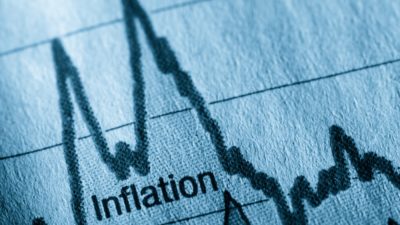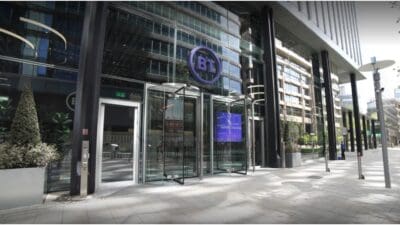Some people were shocked by the 40% fall in ASOS (LSE: ASC) shares on Thursday morning — the price recovered a little, but as I write these words it’s around 30% down at 3,185p.
But they shouldn’t have been surprised, because the fall was inevitable — at least, it should have been to anyone who has ever observed a past growth-share bubble.
The crash came after the online fashion retailer warned that margins will be squeezed this year — the strong pound is hurting overseas sales, and the firm is having to sell off an unhealthy amount of its clothes at discounted prices to keep the sales coming in.
Crash!
The slightly bigger picture for shareholders is worse. The shares were changing hands for more than £70 apiece as recently as February, so those who bought at the peak are now sitting on a loss of 55%. Ouch!
And at that peak price, based on forecasts from before Thursday’s warning, the shares were on a forward P/E of almost 120!
Now, ASOS turnover has grown at a rapid pace, but to get that P/E down closer to the FTSE’s long-term average of 14, we’d need to see sales multiplying another eight-fold on top of what has already been achieved!
Did I know that the margin-squeeze was going to be announced this week? No, but I knew one thing for sure. There would be some less-than-perfect news coming, some time, from some place — and it would shake out the get-rich-quick crowd for whom the only important statistic was how much it has already gone up.
And I knew that would happen, because it always does. Whenever there’s a great growth stock whose towering valuation is based on an expected endless stream of golden eggs — well, the goose is going to have a bad day, one day.
Great company
The real shame is that ASOS is actually a terrific business, and it does have great expansion prospects ahead of it. But it’s going to have to restructure the way it does some things — like the way it is already investing in overseas warehouses and supply chains to reduce shipping costs and soften future currency-conversion blows.
And now the share price collapse of 2014 is going to put undeserved pressure on the ASOS management — they should just be carrying on doing the great job they’re doing rather than having to worry about bursting bubbles.
But could everyone really, really, have known this was coming?
Three small words
Well, even for those who haven’t seen growth bubbles bursting in the past, or don’t know anything about currency risks and all that, there was still that glaring figure — a P/E of 120 for a clothing retailer (a good clothing retailer, but still a retailer). And there are three important words you should keep in mind when you see such valuations — Stark, Staring, Mad!






